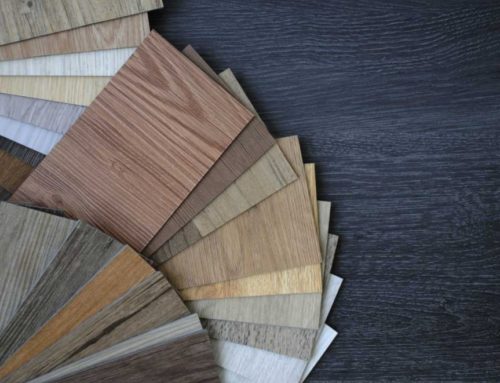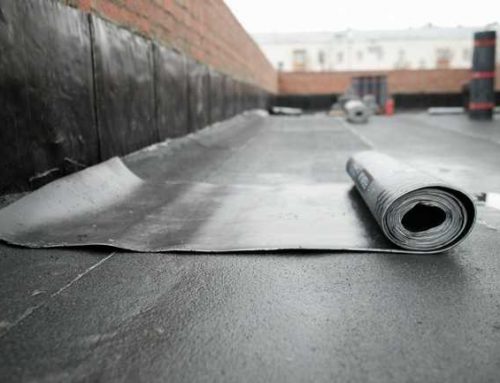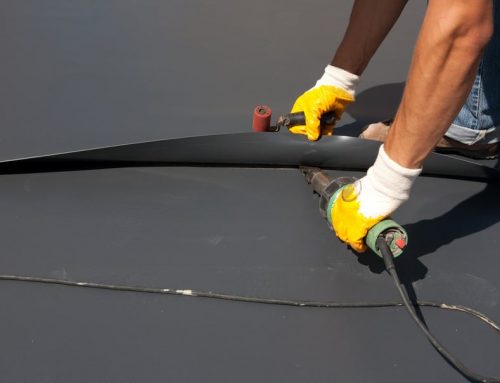Decorating your home can feel like navigating a minefield; there are so many choices. Yet one of the most powerful and cost-effective ways to refresh a space is via the floor. Whether you decide to remove carpet and stain existing wood, install new boards, or use luxury laminate, wood staining offers a transformative touch.
If you’re curious about wood stains (or want to upcycle a tired floor), this mini-guide explains what wood stains are, the choices available, application techniques, trends, and how to pick the right colour to suit your décor.
What Are Wood Stains?
At its core, a wood stain is a pigmented, or colourant, component blended with a solvent or carrier (oil, water, gel, etc.). Unlike paint, which sits on top of the wood, stains penetrate into the pores and fibres, altering the tone or hue while still revealing the grain and texture. A properly executed stain becomes part of the wood, giving depth and character rather than a flat, opaque covering.
Stains also help prepare the timber for protective topcoats (varnish, polyurethane, hard wax oils), improving adhesion and strengthening durability.
Types of Wood Stains and Finishes
Not all stains are made equal. Here’s a breakdown of the most common types and their pros/cons:
- Oil-based stains – rich colour, deep penetration, classic finish, but slower drying times (often 24–48 hours or more) and stronger fumes.
- Water-based stains – fast drying (often just a few hours), lower odour, lower volatile organic compounds (VOCs), and easier cleanup. Sometimes less intense in depth.
- Gel stains – thick, paste-like consistency that resists uneven absorption, ideal for woods with inconsistent porosity.
- Tinted oils/hard wax oils – a hybrid: adding pigment to an oil/finish base. Good for blending stain + protection in one step (though you may still need extra coating).
- Transparent/clear stains/sealers – these don’t change colour but bring out the natural character in wood and act as a base for finish coats.
You’ll often pair a stain with a finishing coat (polyurethane, lacquer, waterborne sealer, or oils). The finish can subtly alter the final appearance (e.g. slight darkening or sheen).
Picking a Shade That Works
The colour you choose makes a major difference in how your space feels. Below are common stain colour families and tips for selecting them:
Browns and Naturals
From light honey oak to rich mahogany or cherry tones, brown stains are perennial favourites. They feel warm, natural, and blend well with a wide range of furnishings.
Whites, Bleached and Whitewashed
A white or bleached wood flooring gives a bright, airy feel, especially good for smaller rooms or sunlit interiors. It can soften the ambience, giving a Scandinavian or coastal feel. Be mindful: lighter tones may show dirt more easily and sometimes wash out fine detail.
Greys and Greige
Grey and greige (grey + beige) stains have been popular over recent years. They can cool a palette and emphasise contrast (e.g. pairing with dark furniture). That said, many interior designers now caution that ultra-cool grey floors are becoming less favourable; warmer, earthy midtones are regaining popularity.
Bold Colour Washes (Green, Blue, Terracotta)
If you’re feeling adventurous, coloured stain washes (teal, sage green, terracotta) can accentuate rustic or bohemian styles. The trick is to keep the pigment light enough that the wood grain still shows through. Some modern stain systems (e.g. Bona Craft) allow you to blend natural tones with mild hues for subtle, customised effects.
Dark and Ebony Shades
Deep tones like walnut, espresso, or ebony give drama and luxury. They create a strong contrast with light-coloured walls or trim. That said, they also reveal dust, scratches, and wear more easily. If you go dark, ensure robust lighting and a finish system that resists marking.
Matching Stain Colour to Your Interior Style
The right stain should complement your décor, not clash with it. Here’s how you might match:
| Interior Style/Palette | Suggested Stain Direction |
| Scandinavian/minimalist | Pale whitewash, bleached oak, light ash |
| Modern/open-plan | Mid-tone naturals, greige, or warm neutral tones |
| Rustic/farmhouse | Medium oak, honey, subtle distressed finishes |
| Industrial/loft | Dark walnut, charcoal, ebony, bold contrast |
| Period/classic décor | Rich mahogany, cherry, and walnut with deep undertones |
| Eclectic/boho | Soft coloured washes (sage, terracotta, muted blue) |
A helpful trick: pick a flooring undertone (warm, cool, neutral) and bring it into accessories (rugs, cushions, lamps) so the room reads cohesively.
Sanding, Testing and Application
No matter how fancy the stain is, your result depends heavily on prep. Here’s a practical workflow:
1. Inspect and repair
Fill gouges, cracks, nail holes, or uneven gaps with wood filler and let it dry fully.
2. Sand progressively
Use coarse grit, then medium, then fine (e.g. 60 → 80 → 120). Particularly on woods like pine, inconsistent sanding leads to blotchy stain uptake.
3. Clean thoroughly
Vacuum, tack-cloth, and wipe down to remove all dust and contaminants. Even minute dust impedes an even finish.
4. Test samples
Always test stains on an inconspicuous patch of the same wood, in your room lighting, at different times of day, to see how it really looks.
5. Apply stain
- Work along the grain, in manageable sections.
- Let the stain sit (per manufacturer instructions), then wipe off excess evenly.
- Multiple coats may deepen the effect, but each layer must dry fully.
6. Topcoat/Seal
After stain cures, apply 2–3 coats of protective finish (water- or oil-based polyurethane, lacquer, or hard wax oil).
Skipping or rushing any step often leads to blotchiness, streaking, or patchy results.
Common Mistakes and How to Avoid Them
- Skipping proper sanding: Uneven or inadequate sanding is the most frequent cause of blotchy stains.
- Using too much stain: Over-saturating can lead to a sticky or blotchy finish.
- Not wiping off excess: Leaving pigment on the surface can cause uneven drying.
- Ignoring drying times: Rushing between coats or walking on semi-dry wood ruins the finish.
- Wrong stain type for wood species: Some species (like maple) resist stain and produce blotches if not pretreated carefully.
Trends and Sustainability
Design trends and environmental priorities influence stain choice and style:
- Lighter, natural finishes are making a comeback over the recent dominance of grey and ultra-dark tones.
- Wide plank flooring remains in demand to accentuate space and minimise seams.
- Sustainable and low-VOC stains are essential. The UK market emphasises waterborne systems or low-VOC solutions under 130 g/L to reduce indoor pollution.
- Thermally modified wood (heat-treated timber) is gaining traction as a more stable, durable, and eco-friendly option that tolerates moisture and movement better.
- Blended/mixed tones and subtle pigment washes (e.g. Bona Craft’s systems) let homeowners get custom tones tailored to their space.
Aftercare and Maintenance
A well-applied stain and finish will last years, but ongoing care is vital:
- Clean gently: Use pH-neutral wood cleaners; avoid steam mops or harsh detergents.
- Prevent spills and stains: Wipe spills immediately (especially wine, coffee, pet accidents) before they penetrate.
- Use protective pads and mats: Under furniture legs, entryways, high-traffic zones.
- Control humidity: Wood expands/contracts. Maintain relative humidity (~40–60%) and stable temperature for engineered or solid wood.
- Refinish rather than replace: If the finish wears, a light sand and new topcoat often revitalises without full re-staining.
Expert Flooring Services
At Cooper & Williams, we don’t just roof; we transform interiors through superior flooring services. Our team brings decades of experience to help you choose and apply wood stains that suit your home and lifestyle. Whether you want to stain floorboards, refurbish reclaimed timber, or explore creative pigment washes, we offer tailored, reliable solutions.
If you’re ready to give your floor a new lease of life or embark on a bold statement, contact us today. Call 01743 850711 or email admin@coopwill.co.uk. Let us help you bring out the character, depth, and longevity of your wood.
With this guide, you have the knowledge to choose the right stain, apply it confidently, and maintain its beauty over the years. A well-stained wood floor isn’t just a surface; it’s a statement, a foundation, and a piece of art underfoot.




